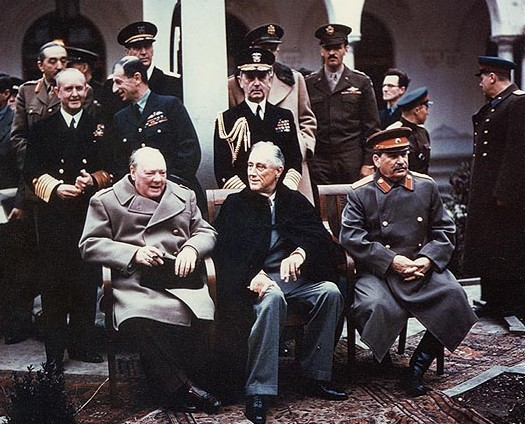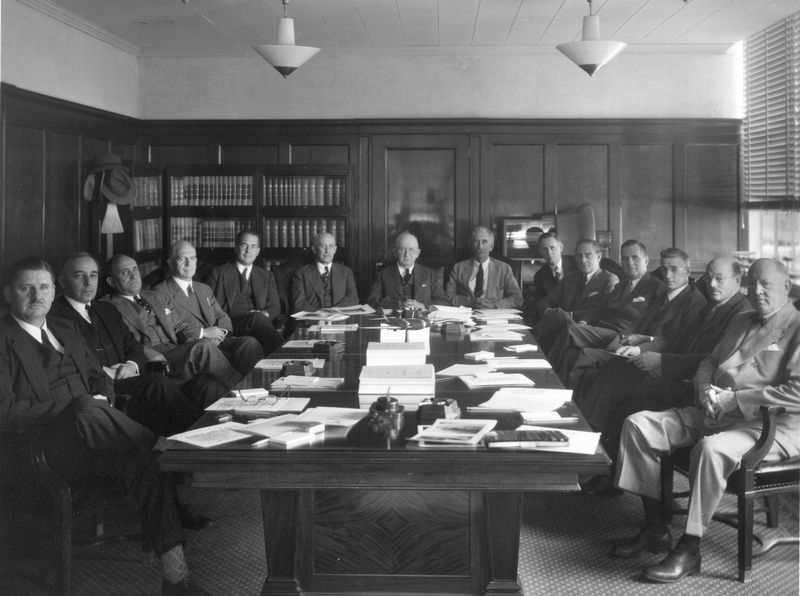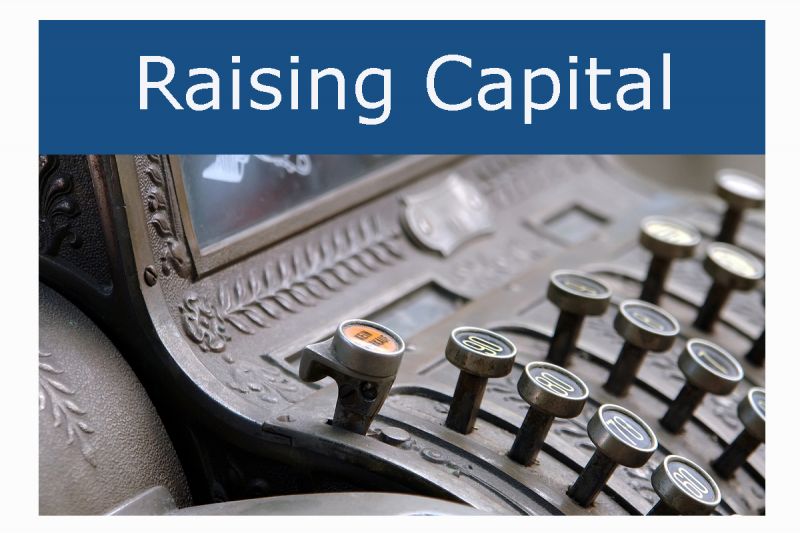This is part of my Series on University Entrepreneurship.
A big factor in having success spinning-out university startups is the ability to bridge the cultural gap between academia and the investment community. I think about this divide a great deal, both as a long-time investor in this space and perhaps even moreso now that I am the director of a prominent university venture lab which spins out 10-12 new companies a year.
I was therefore delighted to recently come across this short post written by Amit Monga, Professor of Finance at the University of Alberta. He shares some excellent insights into the practice of investing in university startups courtesy of his prior experience as a venture capitalist. Dr. Monga’s central premise is that investors want to see much more than technology when they speak with a university tech transfer office. They are, after all, in the business of launching new companies, which require quite a bit more to succeed than the initial invention or discovery.
What really caught my eye, however, is his very first point which addresses the cultural divide to which I refer above. He points out that whereas it’s very much the custom in academia to focus on a professor’s achievements in research, (including his or her credentials, awards, honors, the number of grad students in their lab, etc.), the reality is that investors first want to hear a value proposition articulated for a potential business. Monga asserts that investors must actually have the answer to this question within the first five minutes of a pitch.
Having politely sat through quite a number of such lengthy introductions that never quite arrive at describing the “pain in the market”, I must wholeheartedly agree with Dr. Monga. In fact, I would say that this value proposition should be expressed within the first two minutes of a pitch. If the investor is interested, there will be plenty of time to learn more about the professor’s academic achievements.
I’ll go a step further on the subject of the cultural divide and say that I’ve seen instances where an investor’s motives are viewed extremely dimly by the academic. This too can be a problem. Again, in this instance, it’s incumbent on the tech transfer folks to invite only the most reputable people into the university and to help work through any ingrained biases that might exist on either side. For an eventual start-up to be successful, both parties will have to get along extremely well and will come to rely on each other. Start-ups are the very opposite of “arms-length” transactions.
So whether you’re an angel investor, a VC, an entrepreneur, a grad student, a post-doc or a university professor, it’s always valuable to approach university spin-offs with a great deal of cultural sensitivity and understanding. I assure you, this sort of awareness alone can make all the difference.
For Part Ten in this Series, click here

![Reblog this post [with Zemanta]](http://img.zemanta.com/reblog_e.png?x-id=32984989-2bb2-48c2-b7bf-af9642d55d00)
![Reblog this post [with Zemanta]](http://img.zemanta.com/reblog_e.png?x-id=128cb0f9-5618-46e5-a05a-dd0d36c873ed)

![Reblog this post [with Zemanta]](http://img.zemanta.com/reblog_e.png?x-id=f3998b9c-2696-4d97-a595-02b0b916a315)

![Reblog this post [with Zemanta]](http://img.zemanta.com/reblog_e.png?x-id=2619fe9d-863c-463a-866a-81357651f3d9)

![Reblog this post [with Zemanta]](http://img.zemanta.com/reblog_e.png?x-id=61b15806-53c9-4160-95a3-bafa074a3592)